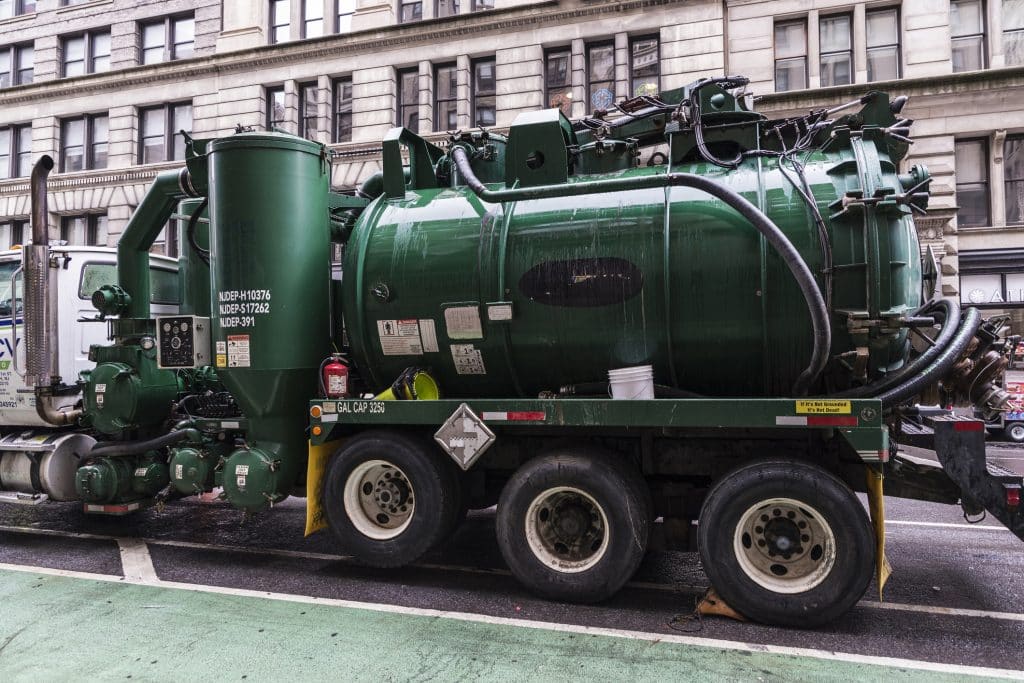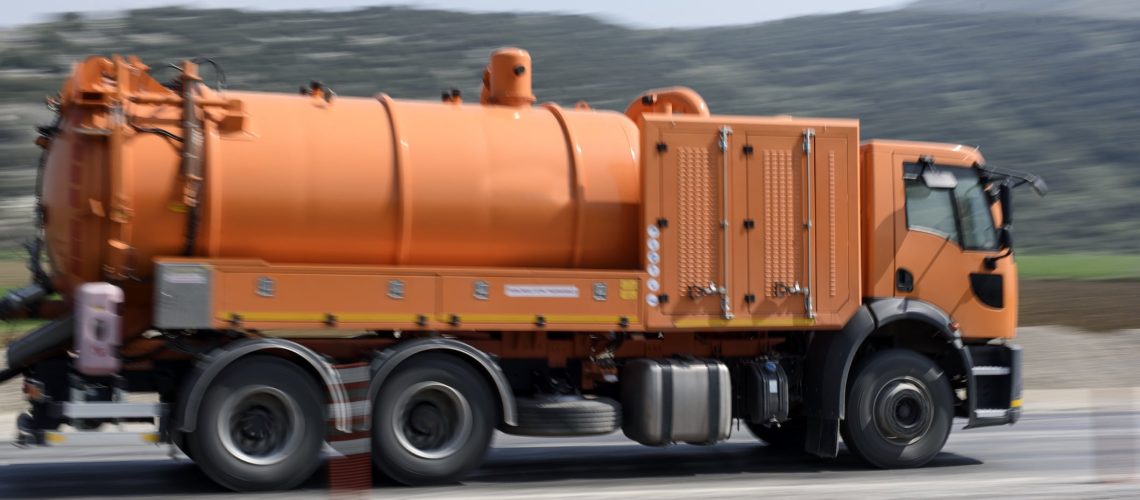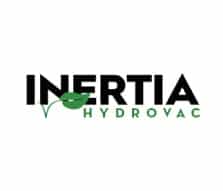
Excavation isn’t something you want to gamble with. Whether you’re exposing utilities, prepping for construction, or tackling a quick repair, the method you choose can make or break the entire project. Traditional digging still has its place — in big, open areas with predictable soil, machines shine. But in many modern job sites, the risks are higher, timelines are tighter, and the ground below is far more complicated than it looks on paper. That’s where hydrovac emerges as the smarter, safer choice.
In the growing world of hydrovac Edmonton services, more contractors are discovering that this method isn’t just a specialty tool — it’s becoming the go-to excavation standard. With dense underground infrastructure and unpredictable weather across Alberta, hydrovac provides the accuracy and protection that mechanical digging often can’t. Knowing when to switch methods can save time, money, and a whole lot of stress.
Why Choosing the Right Excavation Method Matters
Every excavation project carries a certain level of risk, but that risk multiplies when you’re working blind beneath the surface. Fibreoptic lines, telecommunications conduits, gas mains, water pipes, electrical cables — modern infrastructure is crowded, delicate, and expensive to repair. Traditional equipment works quickly, but speed becomes irrelevant if one wrong move results in a utility strike.
Choosing the right excavation method isn’t just a logistical decision; it’s an investment in safety, efficiency, environmental protection, and client satisfaction. Hydrovac excavation has earned its place because it reduces uncertainty, cleans as it digs, and provides visibility every step of the way. In many projects, switching to hydrovac isn’t a luxury — it’s a necessity.
Sign #1: You’re Working Near Buried Utilities or Gas Lines
If your project involves digging near active utilities, hydrovac should be your first choice. Once you’re within striking distance of gas lines, electrical conduits, water services, or fibreoptic cables, the rules of the game change entirely.
Traditional Equipment Can Damage Underground Infrastructure
Mechanical digging is powerful, but that power becomes a liability in confined or unknown underground conditions. Buckets, augers, and backhoes can tear into cables or crack pipes before the operator even knows something went wrong. Repairs can cost thousands — and in the case of gas or electrical strikes, the consequences can be dangerous.
Hydrovac’s Precision Reduces Utility Strike Risks
Hydrovac removes soil gently using controlled water pressure. Unlike digging teeth or blades, the water stream responds to resistance. When operators approach a buried utility, the soil loosens while the asset remains intact. This visibility, combined with the ability to feather water pressure, dramatically reduces strike risk.
It’s why hydrovac is the preferred method for daylighting: safely exposing utilities before any additional work begins.
Municipalities Often Require Safe Digging Methods
Across Alberta, municipalities and utility providers increasingly mandate non-destructive excavation near their infrastructure. Hydrovac meets those standards while keeping projects compliant and protected from liability. In many cases, it’s not just the safer choice — it’s the required one.
Sign #2: Your Jobsite Has Tight Access or Confined Spaces
Traditional excavation equipment needs room to operate — clear swing radius, stable ground, and space for spoil piles. Urban environments rarely offer that luxury. Whether you’re digging in a back alley, between buildings, near traffic, or alongside existing structures, tight spaces make mechanical equipment risky or downright impossible.
Hydrovac trucks, on the other hand, can operate remotely. Operators can position the truck safely away from the excavation zone and run the wand through alleyways, over fences, between obstacles, or down narrow corridors. This flexibility eliminates the need to squeeze in heavy machinery or disturb surrounding surfaces.
For contractors working in Edmonton’s older neighbourhoods, tight access is a weekly challenge. Hydrovac turns those challenging spaces into manageable work zones.
Sign #3: You’re Digging in Frozen, Wet, or Sensitive Soil
Soil doesn’t behave the same across seasons — or even across different parts of the same site. Alberta is famous for mixing frost, clay, sand, pockets of groundwater, and dense topsoil in a single excavation. Mechanical digging struggles when conditions change quickly. Hydrovac adapts with far more ease.
Frozen Ground Can Stop Mechanical Excavation
Once winter hits, traditional equipment becomes less effective. Frozen soil can dull buckets, slow progress, and require thawing equipment that adds cost and delay. Jobs that should take hours can drag on for days.
Hydrovac Trucks Use Heated Water for Year-Round Operation
Hydrovac systems include onboard boilers that heat water to cleanly and efficiently cut through frost. This keeps projects moving through Alberta’s coldest months without waiting for thaw cycles. For emergency utility repairs, this is a game-changer.
Hydrovac Preserves Sensitive or Environmentally Protected Areas
Wetland zones, tree root systems, contaminated soils, landscaped properties — these areas require a gentle touch. Hydrovac allows operators to remove only what is necessary, preserving everything around the excavation point.
What Alberta Weather Can Teach You About Choosing Hydrovac
Ask any seasoned contractor in Edmonton, and they’ll tell you: weather is one of the biggest influences on excavation success. Hydrovac handles mud, frost, dense clay, and variable moisture levels with minimal disruption. When the weather throws curveballs, hydrovac keeps projects on track.
Sign #4: You Need Minimal Surface Disruption or Fast Cleanup
Traditional digging creates spoil piles, torn ground, uneven surfaces, and significant cleanup. On finished sites (parking lots, landscaped yards, renovated properties), this damage can add unnecessary time and cost.
Hydrovac avoids most of that. Since soil is vacuumed directly into the debris tank, the excavation area stays neat and contained. There’s no large footprint of disturbed earth, and no major cleanup after the job. This is particularly helpful in commercial areas where public access must remain safe and clear.
If your project requires keeping the surface tidy, hydrovac is the obvious choice.
Sign #5: Your Municipality or Client Requires Non-Destructive Digging
More clients are specifying hydrovac as a requirement in their contracts — especially when working near utilities, environmentally sensitive sites, or high-value infrastructure. Municipalities often include hydrovac in their safe digging guidelines, and utility locates frequently recommend or mandate it.
If your client expects non-destructive excavation, traditional digging may not even be an option. Hydrovac keeps you compliant, reduces risk, and aligns with modern industry standards.
Some requirements are written directly into project specifications, while others come from insurance providers, engineering firms, or utility owners who want assurance that their assets won’t be damaged. Hydrovac checks every box: it’s non-destructive, accurate, and transparent. When everyone involved values risk reduction, hydrovac becomes the natural choice.
Know When to Switch to Hydrovac
Hydrovac isn’t replacing traditional digging altogether — there will always be a place for backhoes and trenchers, especially on wide-open job sites with clear ground and predictable conditions. But as infrastructure grows more complex and as safety regulations become more rigorous, hydrovac is stepping into a central role in modern excavation.
It’s not hard to understand why. Hydrovac creates cleaner holes, exposes utilities without guesswork, and operates in conditions where mechanical digging slows to a crawl. It works beautifully in winter, navigates tricky access points, and keeps job sites tidy. Most importantly, it protects people, utilities, and property — three elements that should never be placed at unnecessary risk.
Across Alberta, contractors, municipalities, and private clients are adopting hydrovac because it consistently delivers predictable results. When the stakes are high or the ground is uncertain, hydrovac brings a level of control that heavy machinery simply can’t match.
The top signs you need hydrovac aren’t really surprises. They’re the situations where safety matters most, where accuracy is critical, and where timelines can’t afford delays. If your project involves buried infrastructure, tight access, frozen or sensitive soil, or strict excavation guidelines, hydrovac isn’t just a good option — it’s the right one.
When you’re ready to dig with confidence, precision, and zero guesswork, the choice becomes clear: switch to hydrovac and let the technology (and the experts behind it) work in your favour.


